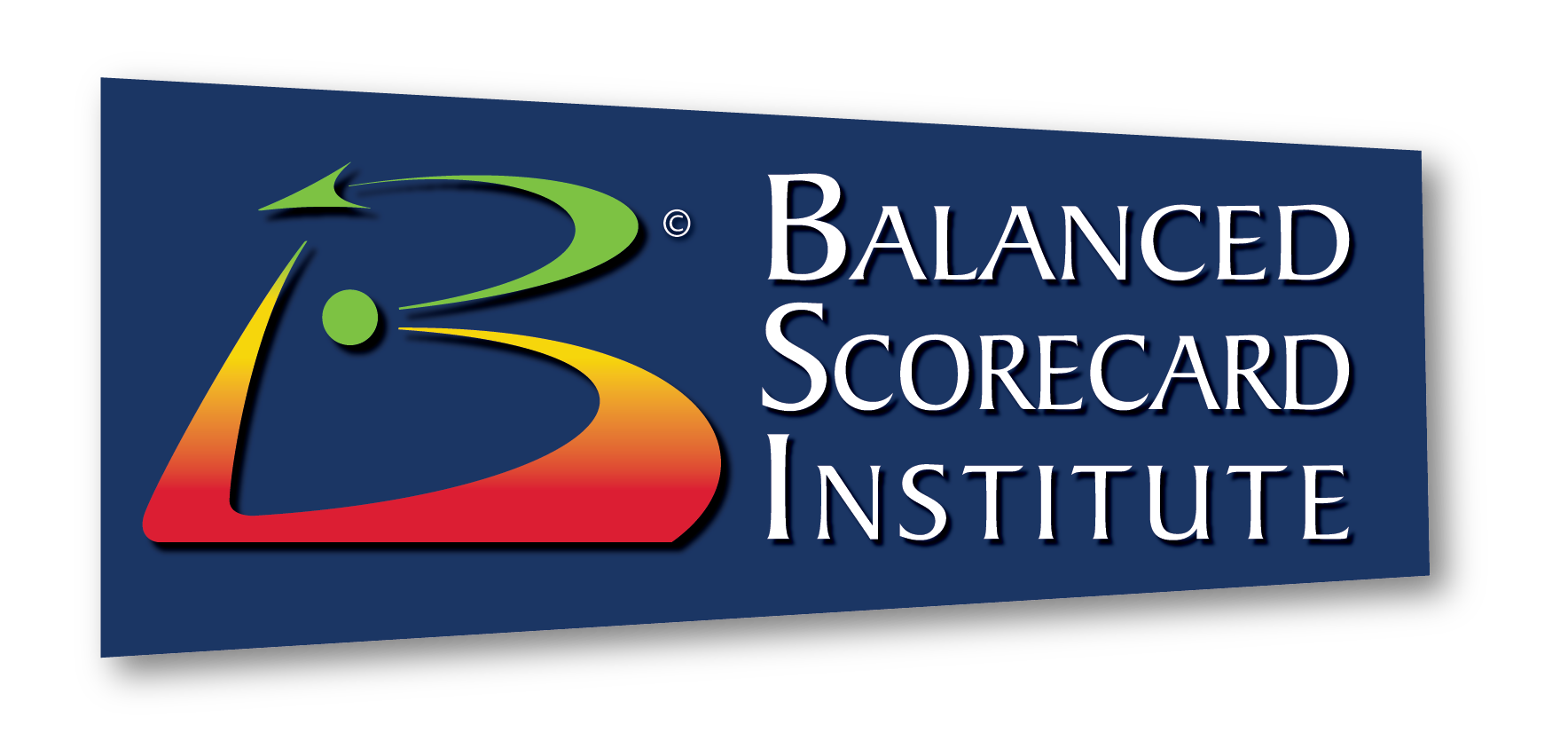In the complex arena of today’s world, possessing a well-designed and relevant strategy is only part of the equation. The real game-changer is the ability to follow through and be able to execute this strategy, which in essence is the ability to transform an organization’s vision into a tangible reality. If we examine the transformative journey of Microsoft under the leadership of Satya Nadella since 2014, we are able to observe the key tips to successfully managing the critical interplay which exists between strategy formulation and execution.
Tip 1: Set Clear Objectives and Goals
 Establishing a clear, relevant, and viable set of objectives is essential for every organization. These objectives should support the primary themes / goals the organization believes to be instrumental in accomplishing success. In the case of Microsoft, Nadella quickly identified cloud computing as a rapidly expanding field with tremendous potential. He set a clear, ambitious goal to transform Microsoft into a leader in cloud services, shifting away from its traditional stronghold in software licensing. Additionally, he implemented objectives and action steps necessary to achieve this goal. This goal was clear and measurable and the call to action was increasing Microsoft’s share in the cloud market, with specific emphasis on Azure, its cloud computing service.
Establishing a clear, relevant, and viable set of objectives is essential for every organization. These objectives should support the primary themes / goals the organization believes to be instrumental in accomplishing success. In the case of Microsoft, Nadella quickly identified cloud computing as a rapidly expanding field with tremendous potential. He set a clear, ambitious goal to transform Microsoft into a leader in cloud services, shifting away from its traditional stronghold in software licensing. Additionally, he implemented objectives and action steps necessary to achieve this goal. This goal was clear and measurable and the call to action was increasing Microsoft’s share in the cloud market, with specific emphasis on Azure, its cloud computing service.
Tip 2: Optimize Resource Allocation
Often, a major shift or change in strategy will necessitate an entire new way of doing business. This is especially true in today’s landscape where agility and flexibility are key. Microsoft’s strategic pivot to cloud computing necessitated an entire mindset change and resulted in a reallocation of resources on an unprecedented scale never before seen at the company. Significant investments were made in building and expanding Azure’s infrastructure, optimizing it for scalability, security, and performance. The resource allocation was not merely focused on the shift of financial resources, but to a great extent involved the reallocation of human capital – training new employees and hiring new employees with cloud computing experience and expertise.
Tip 3: Enhance the Decision-Making Process
Under Nadella’s leadership, Microsoft was required to greatly enhance its decision-making processes to support its new strategy of cloud-first. This became evident with the acquisition of LinkedIn in 2016, followed by GitHub in 2018. Both of these acquisitions were strategically aligned with Microsoft’s goal of building an expansive cloud ecosystem for the purpose of enhancing Azure’s offerings and the integration of cloud services into every aspect of their business and development. Acquisitions had never really been a major part of Microsoft’s strategy in the past, but became much more important as the organization moved towards its new organizational goals.
Tip 4: Foster Alignment and Execution
Kaplan and Norton extensively discuss the benefits and importance of strategic alignment in an organization. They argue that aligning an organization’s operational activities with its strategic objectives is crucial for successful strategy execution. Nadella understood this concept and the importance of ensuring all employees not only were aware of the new direction the organization was headed, but were also active participants in its realization. It was this culture of innovation, collaboration, and customer-focus, aligning with the organization’s efforts that supported the successful execution of Microsoft’s cloud-centric strategy. Everyone not only knew what the Vision was for the organization, but as well, knew their role in helping the organization to achieve that Vision.
Tip 5: Navigate Competitive Waters
The pivot to cloud computing positioned Microsoft in direct competition with industry giants like Amazon AWS, a move that necessitated not just a visionary strategy but also nimble execution. Microsoft’s rapid adaptation to the shifting demands of the market, its continuous enhancement of Azure’s features, and its success in forging cross-industry partnerships exemplify its strategic agility. This approach enabled Microsoft to secure an impressive 20 to 30% share of the cloud market, with signs of ongoing growth. Venturing into an established market in direct competition with the established leaders in that space evokes a timeless saying, “Going out on a limb—that’s where the fruit is.” This highlights the necessity of embracing risk and uncertainty for those aiming to achieve significant success or breakthroughs, much like stretching oneself to grasp the furthest fruit—where outcomes are far from assured.
Tip 6: Ensure Long-term Sustainability
Innovation and experimentation are essential for securing long-term success and gaining a competitive advantage. Strategy is not a one-time activity or a document to be outsourced; it must be an integral part of the organizational ethos, regularly revisited, and swiftly adapted as needed. A culture of continuous improvement and the pursuit of excellence are crucial for a strategy to truly make an impact.
The successful execution of its cloud strategy not only pushed Microsoft to new levels of success, but also worked to ensure its sustainability in the long-term. Continuous innovation and expansion of its cloud offerings placed Microsoft in a solid position in the industry, thus demonstrating the importance of not only having a well-defined strategy, but willing and able to do what is necessary to execute that strategy.
Conclusion
The transformation of Microsoft under Satya Nadella is a compelling illustration of the power of combining a clear, forward-thinking strategy with meticulous execution. It is a testament of how clear strategy and direction, when combined with effective execution, can enable an organization to pivot successfully, capitalize on new opportunities, and achieve sustained growth. In today’s dynamic world of business, strategy and execution must go hand-in-hand. Strategy and Execution are the essential duo upon which modern success is built.
Is your organization facing challenges in executing its strategy? You’re not alone; research indicates that between 60 to 90% of organizations encounter difficulties in this critical area. Consider enrolling in our Strategy Execution Professional Course, designed to equip you with the insights and strategies necessary to steer your organization towards success. Visit us for more details: Strategy Execution Professional Course.
You can also Sign up for our newsletter to get the latest information from us.
Terry is Balanced Scorecard Institute's Director of Training and Senior Associate with over 30 years of experience working in both the private and public sectors.


